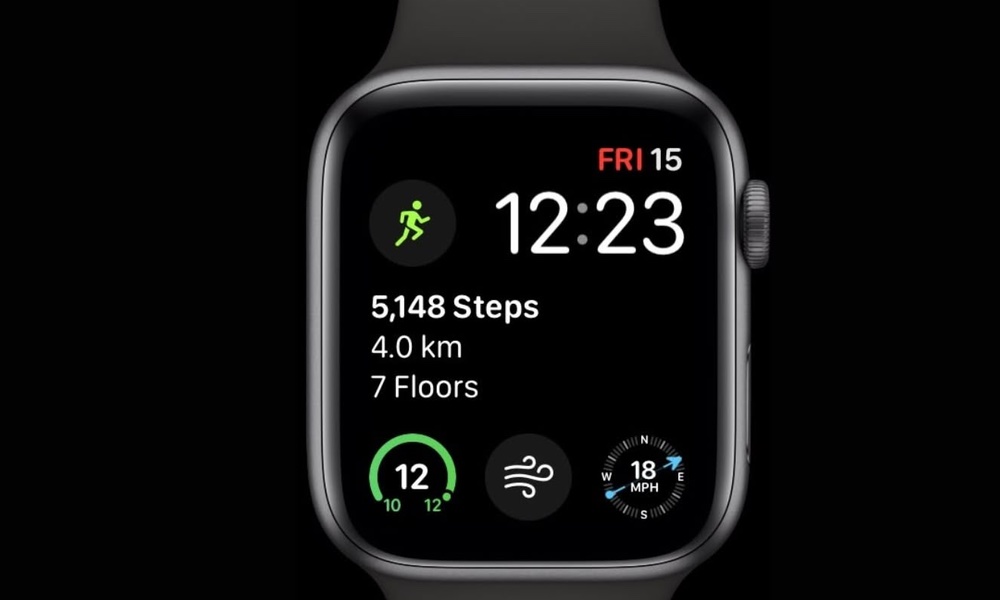We know that physical activity stimulates repair and maintenance processes in the body, and a decrease in physical activity makes older adults more vulnerable to disease and accelerates the onset of frailty.
Older adults tend to be more sedentary than younger adults, but how much — or how little — exercise do seniors need to keep their bodies functioning in a healthy manner?
A team led by researchers at Harvard University and Brigham and Women's Hospital developed a study to find the lowest level of physical activity that could still benefit older adults.
Time spent on computers, phones, tablets and TV screens has meant that children, teens and adults are all less active than in the past; and older adults are among the least active.Women who took at least 4,000 steps a day one or two days a week reduced their risk of heart disease by 27 percent and their overall mortality risk by 26 percent.
“Because of today's low step counts, it is increasingly important to determine the minimum step count required to improve health outcomes, so we can offer the public realistic and feasible goals,” I-Min Lee, senior author in the study and an epidemiologist at Mass General Brigham and Brigham and Women's Hospital, said in a statement.
More than 13,500 senior women averaging just under 72 years of age took part in the study. Participants wore accelerometers to track their daily step count during a one-week period. The researchers monitored the women's cardiovascular disease risk and all-cause mortality over the next 10 years. The women were grouped according to how many days a week they took 4,000, 5,000, 6,000 or 7,000 steps.
Women who took at least 4,000 steps a day one or two days a week reduced their risk of cardiovascular disease by 27 percent and mortality risk by 26 percent. Upping exercise by taking at least 4,000 steps three or more days a week reduced a woman's risk of CVD by 27 percent and her mortality risk by 40 percent. Rikuta Hamaya, lead author on the study, told TheDoctor he was surprised how much step count reduced CVD and mortality risks.The findings coupled with the widespread availability of activity trackers support incorporating step counts into physical activity guidelines.
Four thousand steps three or more days a week seems to be the magic minimum number for health: Higher step counts of 5,000 to 7,000 steps a day slightly reduced mortality risk but did not reduce the risk of heart disease.
When the researchers accounted for the average number of daily steps, they found that for reducing CVD and mortality risk, the number of steps taken was more important than the frequency with which certain step counts were reached each week. This finding suggests no best way exists for meeting step goals.
Women with consistent step patterns during the week and weekend warriors who got their steps in over a few days had similar reductions in risk.
The findings are at least partly applicable to older men, but not to younger men and women. “The effect of age on the inverse relationship between step count and CVD and mortality risk is more significant than gender,” Hamaya, an instructor of medicine at Brigham and Women's Hospital, explained.
Hamaya believes the study findings coupled with the widespread availability of activity trackers support incorporating step counts into physical activity guidelines, including the update to the U.S. Department of Health and Human Services Physical Activity Guidelines for Americans coming in 2028.
The study is published in The British Journal of Sports Medicine.





